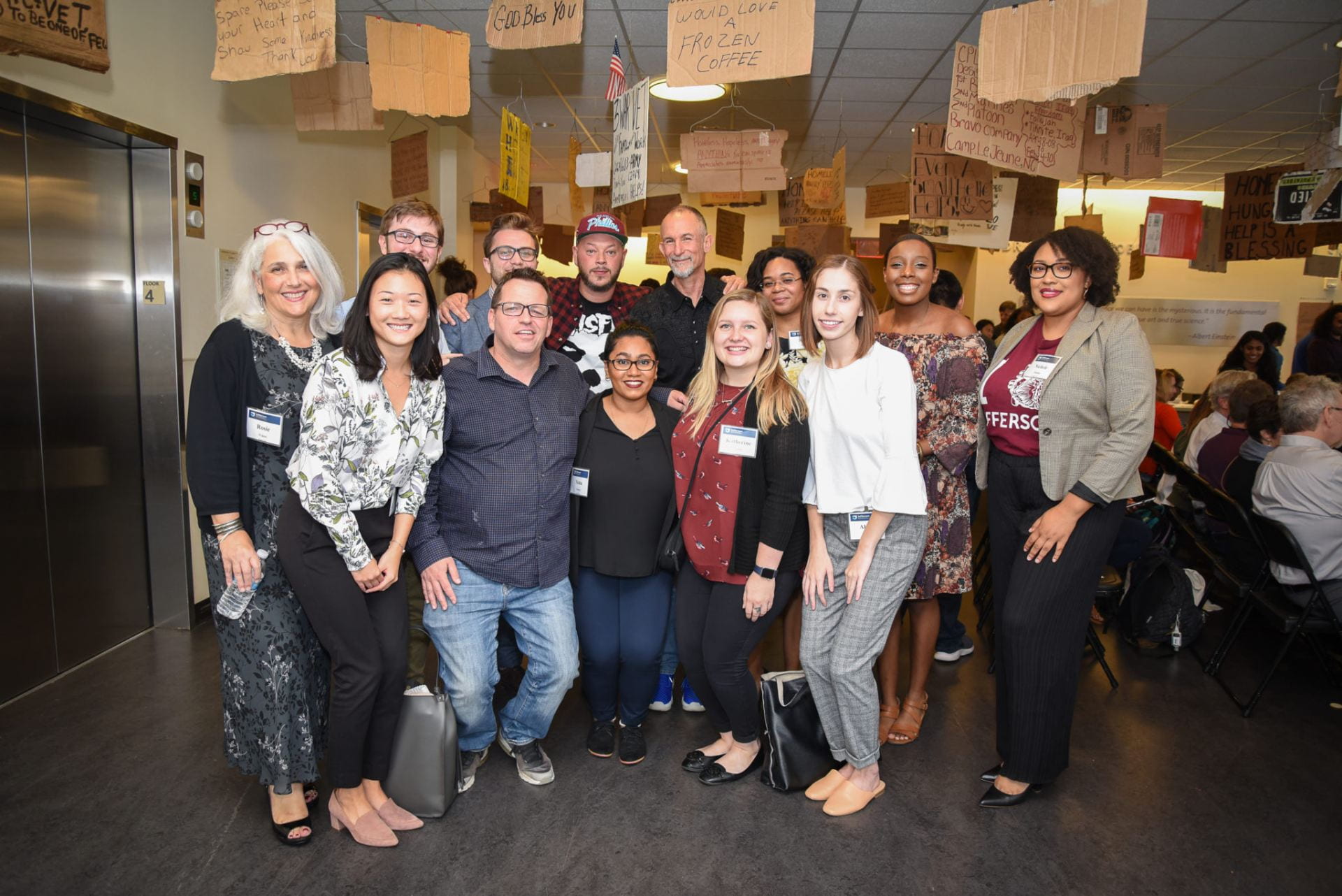 Temerlin alumna Deja Sanders is a global account supervisor at TracyLocke’s Chicago office. She credits her experience in Temerlin’s graduate program with facilitating her pivot into the advertising industry. “Completing my M.A. at Temerlin in 2018 was hands-down the best decision for my career. Not only was I able to stretch myself academically, but I was also able to tap into a wealth of creative resources from the Dallas area and across the world,” she says.
Temerlin alumna Deja Sanders is a global account supervisor at TracyLocke’s Chicago office. She credits her experience in Temerlin’s graduate program with facilitating her pivot into the advertising industry. “Completing my M.A. at Temerlin in 2018 was hands-down the best decision for my career. Not only was I able to stretch myself academically, but I was also able to tap into a wealth of creative resources from the Dallas area and across the world,” she says.
Sanders also credits challenging conversations with professors and colleagues that taught her how to navigate the clients she manages today. “The care and commitment to TAI students and their professional development is something that I will always appreciate,” she says.
“When I reflect on the tools and theories taught throughout this program, I can honestly say that I deploy many of them on a day-to-day basis. Beyond client relationships and good creative, advertising at its foundation is a psychographic tool leveraged to communicate across communities. Understanding these communities and what makes them tick is where my educational training intersects with my day-to-day role,” Sanders adds. She cites Dr. Sid Muralidharan’s graduate course, Advertising as a Cultural Force, as an impactful learning experience. Sanders studied how advertisers represent and communicate authentically with multicultural and international audiences. She aspires to continue these studies through a Ph.D. in advertising; her goal is to increase research and identify additional tools of engagement for multicultural and international audiences.




